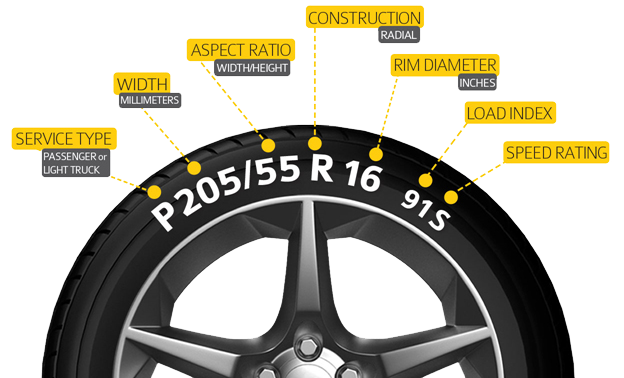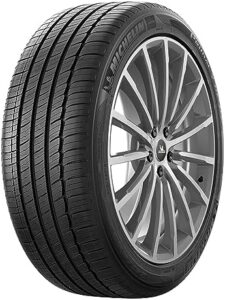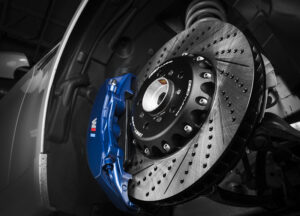
Understanding Tire Size: How it's Measured and What it Means
Tire size is measured using a standard set of codes that indicate the tire's width, aspect ratio, and diameter. These codes are typically found on the sidewall of the tire and consist of a series of letters and numbers. The first set of numbers in the code represents the width of the tire in millimeters. For example, a tire with the code "225" would have a width of 225mm.
The next set of numbers is the aspect ratio, which is the ratio of the tire’s height to its width. This is represented as a percentage, with a higher percentage indicating a taller tire and a lower percentage indicating a shorter tire. For example, a tire with the code “55” would have an aspect ratio of 55%, meaning that it is 55% as tall as it is wide.
The final set of numbers in the code represents the diameter of the wheel that the tire is designed to fit, measured in inches. For example, a tire with the code “16” would fit a 16-inch diameter wheel.
- Load Index: This is a number that corresponds to the maximum weight that the tire can support when properly inflated. The higher the load index, the greater the weight capacity of the tire.
- Speed Rating: This is a letter that corresponds to the maximum speed at which the tire can safely operate. The higher the speed rating, the higher the maximum speed at which the tire can be used.
- Treadwear: This is a number that indicates the relative wear resistance of the tire. Tires with higher treadwear ratings are typically more durable and longer-lasting.
- Traction: This is a letter that corresponds to the tire’s wet traction capabilities, with “A” being the highest rating and “C” being the lowest.
- Temperature: This is a letter that corresponds to the tire’s heat resistance capabilities, with “A” being the highest rating and “C” being the lowest.
When you are shopping for new tires, it is important to consider all of these factors in addition to the standard tire size codes to ensure that you choose the right tires for your vehicle and driving needs.
It is also important to note that tires have different ratings for different conditions: summer, winter, all-season and specific tires for specific vehicles (such as truck tires, SUV tires, etc.). Make sure you are getting the right tires for your vehicle and the conditions you will be driving in.
Lastly, always check the tire’s sidewall for the maximum load capacity and the maximum pressure at which the tire can be inflated, and make sure the tire is matched with the vehicle’s recommended pressure. This will help ensure your safety, and improve the tire’s performance and longevity.






